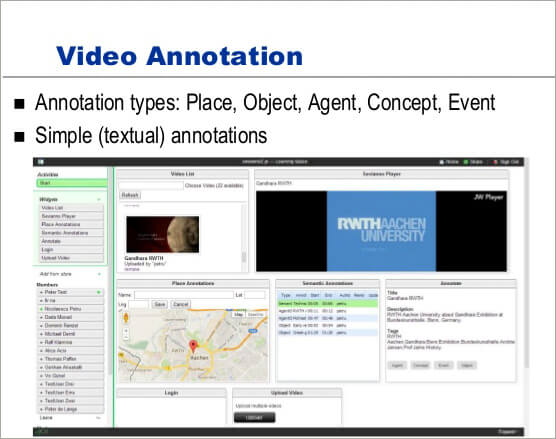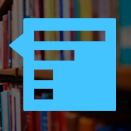

Digital content is breaking all boundaries and is emerging as the preferred medium for both students and educators alike. Access to digital content has given students new learning environments, with engaging, interactive and multimedia rich content created in open source formats that can be accessed on any device from anywhere.
If we look at the bigger picture, digital content still has a long way to go in transforming education in a big way, since the promise of digital content is dependent on how well it innovates and redesigns itself to meet the needs of its growing learners’ base, including students who are visually impaired.
Thanks to text to speech, DTBook and other assistive technologies, like incorporating alt text / annotation – even students who are not being able to see geometrical figures, mathematical patterns and functions, images of a mangrove forest, Jupiter’s Red Spot, or a simple weather map – can access information and knowledge with relative ease.
However, despite HTML5 providing support for image accessibility, publishers are still struggling to add proper descriptions in educational materials. Print impaired students often need support in acquiring knowledge provided through visual/graphic content for which they still have to rely on teachers, Disability Support Services (DSS), friends, etc.
In this post, we discuss how annotation can be used as a powerful tool for accessibility for visually impaired students.

Why visual content is challenging?
- Proper descriptions/ alt text is often missing with the images
- Math equations, mostly in digital textbooks are simply static bitmaps of equation images, and hence cannot be properly adopted by reading systems and web browsers, making it inherently accessible for the blind
- There is even lesser support for video descriptions
Present state of digital content:
Visually impaired students most of the times need support in accessing the knowledge provided through visual content. They need help of
- Disability Support Services (DSS) offices in Higher education
- Parents
- Educators
- Friends
Requirement for annotations:
- Metadata to detect annotations as alternatives
- Provide a means for original publishers to analyze, raise a query and pull-in crowd sourced transcriptions
- Granular image annotation support
- Increased accessibility
- HTML and MathML markup annotations
It can be said that annotation can indeed be a powerful tool for visually impaired students, which can help them to access non-textual content available through eBooks or on the web. At present, various disparate tools are available. However, a standard mechanism is required to have a bigger impact on education that is for all.
Get in touch
For more information about adding Alt Text / Annotation to digital textbooks for learners who want content in more accessible eBook formats including readers with print disability, please contact us at info@suntecindia.com.

